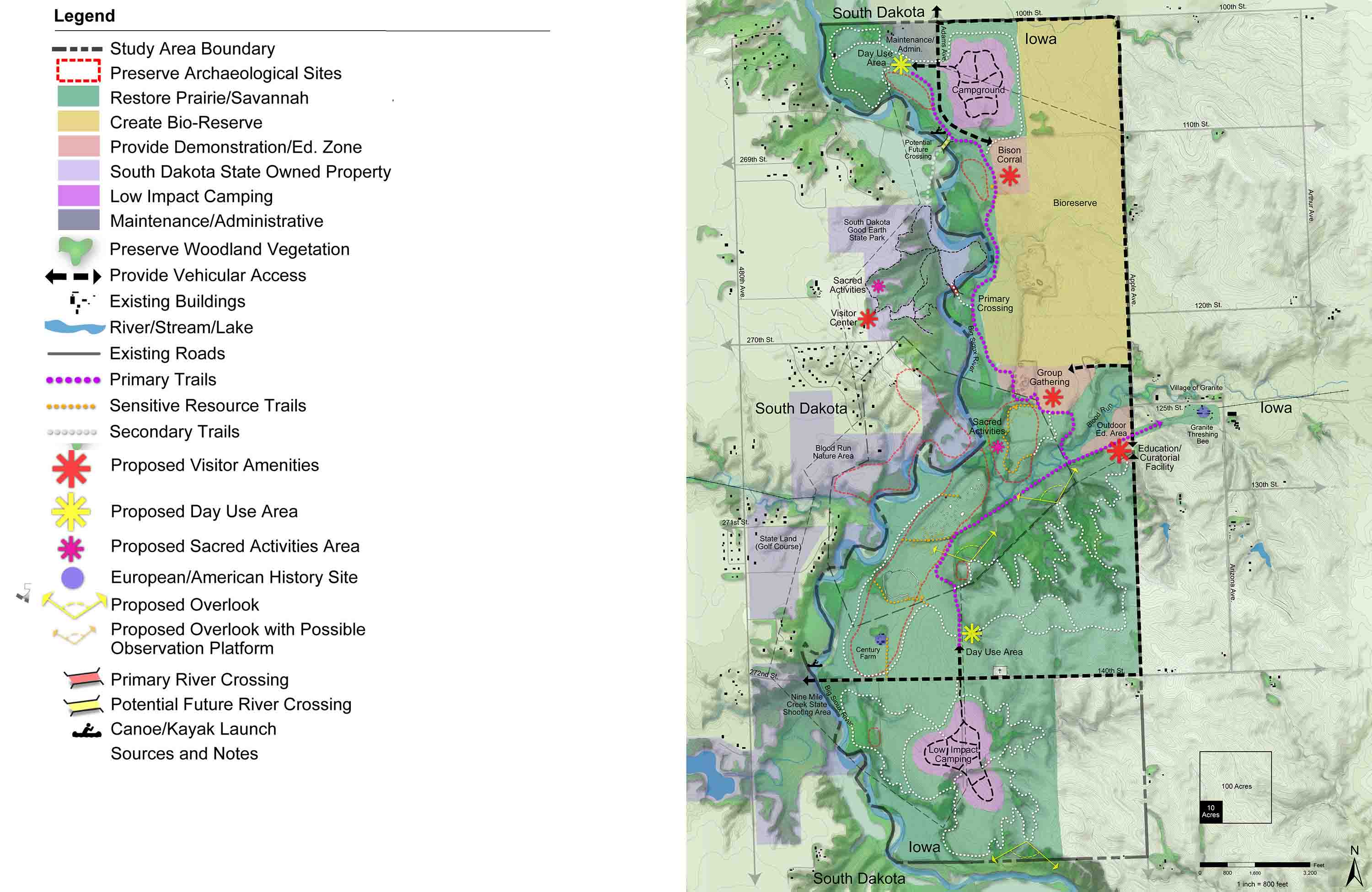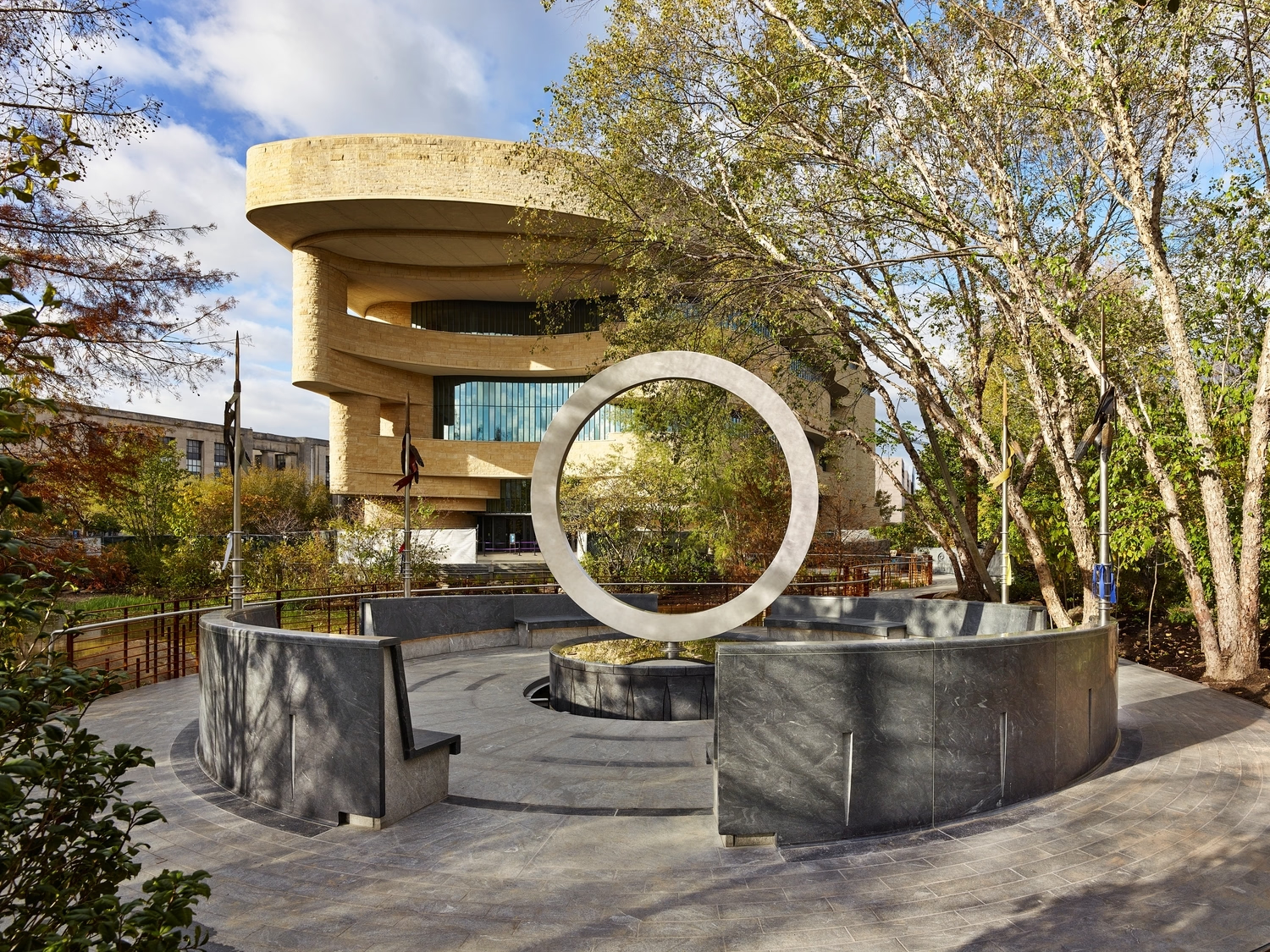

Space for Everyone
Iowa Blood Run
Iowa Blood Run
The knowledge, perspective, and aspirations of tribal representatives guide a carefully crafted vision for the future of a sacred Indigenous landscape. The Blood Run National Historic Landmark designates a large and complex archaeological site encompassing parts of South Dakota and Iowa. The landscape holds human and cultural remains of the Oneota people and has ongoing significance for their descendants.
Our work will guide the development of a new state park on the Iowa side of the Big Sioux River. We generated both a Cultural Landscape Master Plan and a Long-Range Interpretation and Education Plan in consultation with a wide range of stakeholders, including six American Indian Nations. These plans provide recommendations for the future stewardship of approximately 3,880 acres of land.
Even commonplace landscapes can have mythic importance. Blood Run is such a place.

Site Significance
Blood Run has been inhabited regularly since 6,500 BCE and was intensively occupied between 1500 and 1714 CE by ancestors of the modern-day Omaha, Ponca, Otoe, Missouri, Winnebago, Osage, and Kansa peoples. Burial mounds and sacred boulders remain on the site, and its significance is woven into tribal traditions.

Community Experts
Members of the Omaha Tribe of Nebraska, Iowa Tribe of Kansas and Nebraska, Ponca Tribe of Nebraska, Iowa Tribe of Oklahoma, Ponca Tribe of Oklahoma, and Otoe-Missouria Tribe of Oklahoma generously participated in the project process and preparation of both reports.


Cultural Landscape Master Plan (CLMP)
The CLMP provides a roadmap for planners to follow as they develop the state park. The CLMP analyzes Blood Run’s current conditions, evaluates its historic characteristics, and recommends strategies to incorporate park uses and activities that respect the landscape’s sacred nature.
.jpeg)
Long-Range Interpretation and Education Plan (LRIEP)
The LRIEP is a supplement to the CLMP that provides a holistic framework to guide the planning and delivery of visitor experiences at Blood Run. Two overarching interpretive themes – “Blood Run’s Communities Over Time” and “Cycles of Resilience” – connect the site’s history to its present.


